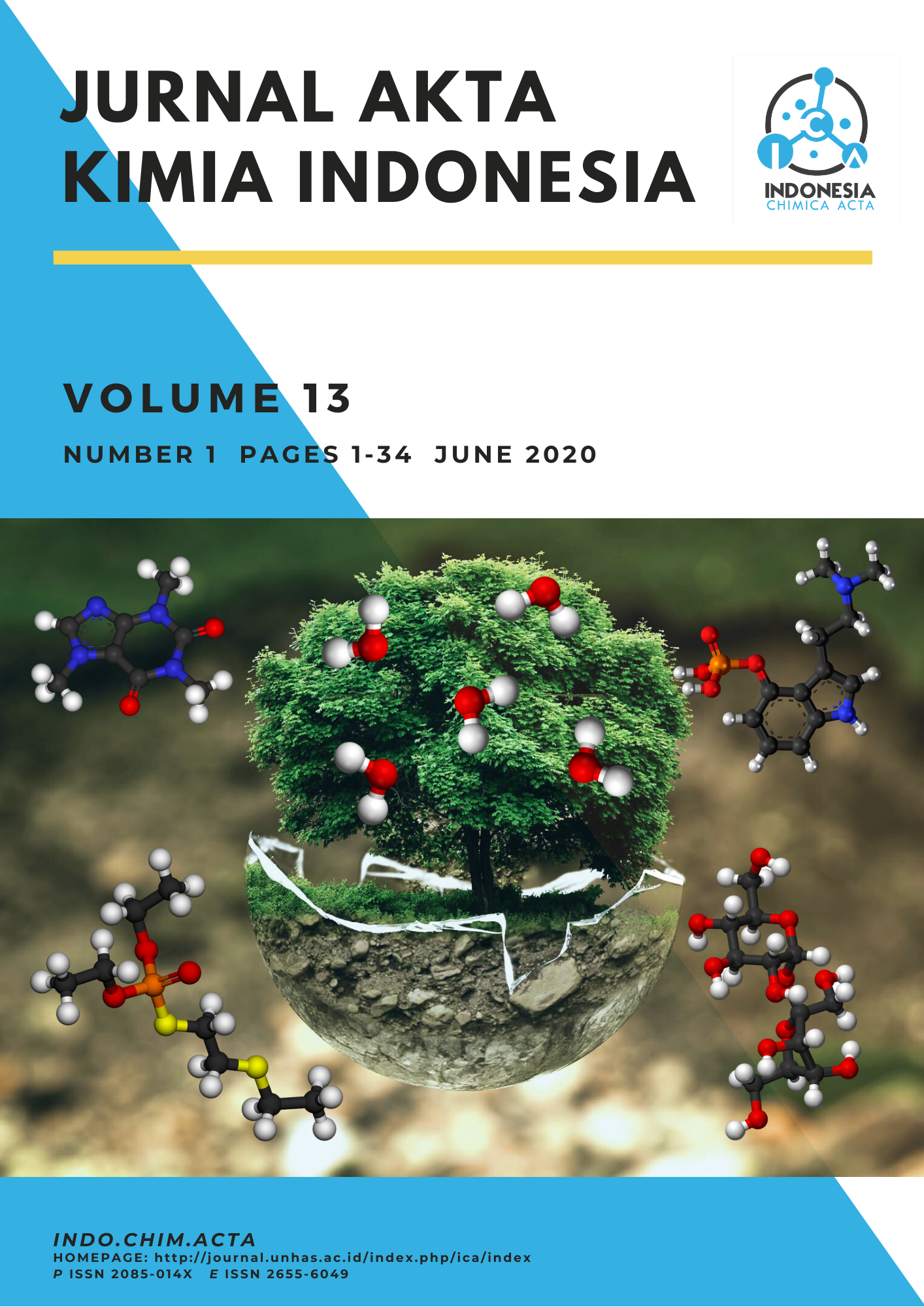Impact of Cyclone on Livelihood Pattern in the South Western Coastal Region of Bangladesh: Pirojpur
Abstract
This research was carried out to assess the impact of cyclone on livelihood pattern in Pirojpur district, Bangladesh during January to June, 2017. The study was both qualitative and quantitative type. The primary data were collected using randomly sampling method (42+42+42=126 respondents) from Tushkhali, Bhitabaria and Pattashi villages of Pirojpur district. The secondary data were collected from different journals, articles, books, official documents, thesis papers and also daily newspapers etc. From the study it was observed that monthly income of middle (4001-8000 tk) and high (8001-above tk) income groups ware decreased by 5% and 0.92% respectively while low income people (1-4000 tk) was increased due to decrease of production after Sidr. On the other hand, expenditure ability of low and middle income groups was decreased. Sidr has created a great impact on human health, livestock, fisheries, food habit, crop production and occupation pattern of the affected people. Respondent’s houses were damaged partially (66.78%), 33.22% completely and cultivated land 28.57 % completely by Sidr in study area. Respondents of the study area said that the production of rice (8%), chili (12%), and vegetables (11%) were reduced due to saline water entrance into the crop field after Sidr. Affected people were migrated (temporary 23.10%, local 25% and internal 26.10%) from Pirojpur to Dhaka (53%), Pirojpur to other places (47%) on the post Sidr due to loss of houses, shelters, cultivated land and lack of job opportunity. Among all factors of temporary migration, water logging was the first reason of migrating people of the study area.
References
Ahmed, A.U., Hasan, S.R., Etzold, B., & Neelrom, S. 2012. Rainfall, food security, and human mobility: case study Bangladesh. UNUEHS Report 2. UNU-EHS, Bonn
Alam, S., 2003. Environmentally Induced Migration from Bangladesh to India. Strategic Analysis 27(3): 422-438
Alam, M.R., 2012. Climate change and its impact on health and livelihood within Hatiya Island of Bangladesh. J. Agro for. Environ. 6 (2), 13-16
Adger, W. N., Hughes, T. P., Folke,C., Carpenter, S. R., & Rockström, J., 2005. Social-Ecological Resilience to Coastal Disasters, Science 309 (5737), 1036-1039. [doi: 10.1126/science.1112122]
Banglapedia, 2008. National Encyclopedia of Bangladesh, Asiatic Society of Bangladesh, Dhaka, Bangladesh
BBS, 2011. Report on Bangladesh Population Census 2011, Bangladesh Bureau of Statistics, Statistics Division, Ministry of Planning, Government of the People’s Republic of Bangladesh, Dhaka
Climate Change Cell, 2007. The Government of Bangladesh. Retrieved from: http://www.climatechangecell-bd.org
DMB, 2010. National Plan for Disaster Management 2010- 2015. Disaster Management Bureau, Peoples Republic Government of Bangladesh. Dhaka, 114
DMB, 2010. Standing Orders on Disaster, Ministry of Food and Disaster Management, Disaster Management & Relief Division, Disaster Management Bureau. Dhaka, Bangladesh, April 2010
IPCC, (2007). Climate change 2007: Synthesis report. Intergovernmental Panel on Climate Change, Geneva.
Kothari, C, R., 1990. Research Methodology, 2nd Edition, New Age International (P) limited, India. P. 179
Myers, Norman. 2001. Environmental Refugees: a growing phenomenon of the 21st Century. Philosophical Transactions of the Royal Society B: 356:16.1-16.5.
Mahbub, A. Q. M., 1997. Mobility behaviour of working people in Bangladesh. Urban Studies Forum (USP), Department of Geography and Environment, University of Dhaka
Stern, Nicholas, 2007. The Economics of Climate Change: The Stern Review. Cambridge University Press: Cambridge.
Wisner, B., P. Blakie, T. Cannon & I. Davies., 2004. At Risk. Routledge, London and New York
Authors
This is an open access journal which means that all contents is freely available without charge to the user or his/her institution. Users are allowed to read, download, copy, distribute, print, search, or link to the full texts of the articles in this journal without asking prior permission from the publisher or the author.
Jurnal Akta Kimia Indonesia (Indonesia Chimica Acta) operates a CC BY-SA 4.0 © license for journal papers. Copyright remains with the author, but Jurnal Akta Kimia Indonesia (Indonesia Chimica Acta) is licensed to publish the paper, and the author agrees to make the article available with the CC BY-SA 4.0 license. Reproduction as another journal article in whole or in part would be plagiarism. Jurnal Akta Kimia Indonesia (Indonesia Chimica Acta) reserves all rights except those granted in this copyright notice.

